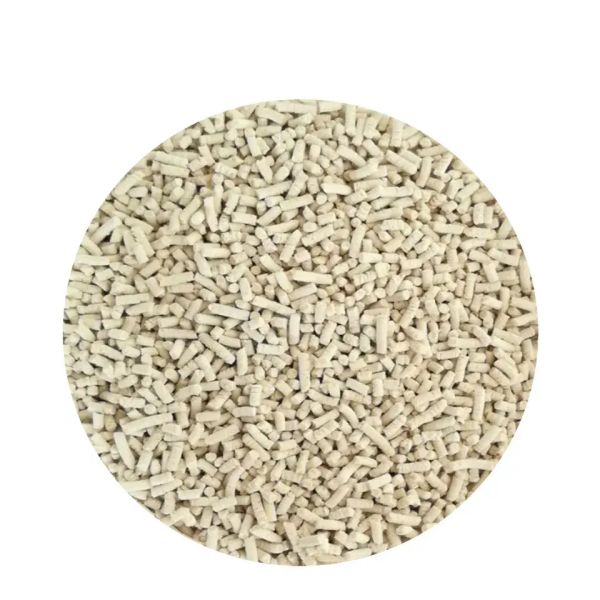
Aug . 21, 2024 05:31 Back to list
Mesotrione Applications in Lawn Care and Factories for Effective Weed Management
Mesotrione for Lawns A Comprehensive Overview
Mesotrione is a valuable herbicide widely used in the management of turfgrass in lawns, golf courses, and sports fields. It is favored for its effectiveness against a range of broadleaf weeds while preserving desirable grass species. This article delves into the properties, applications, benefits, and considerations of mesotrione in lawn care.
Understanding Mesotrione
Mesotrione is a selective herbicide belonging to the triketone family. It works by inhibiting a specific enzyme involved in the photosynthesis process of plants, leading to their eventual demise. Its capability to control annual and perennial weeds, including species like dandelions and crabgrass, has made it a popular choice among professional landscapers and homeowners alike.
Key Benefits
One of the primary advantages of using mesotrione in lawn treatments is its selectivity. Unlike non-selective herbicides that can harm all plant life, mesotrione is designed to target unwanted weeds while being safe for most established grass types, such as Kentucky bluegrass, fescue, and zoysia. This selectivity is crucial for maintaining healthy lawns without the risk of collateral damage to desirable species.
Additionally, mesotrione is effective at low application rates, which means it can achieve desired results without the need for large quantities of chemical. This efficiency not only reduces the environmental impact but also makes it a cost-effective choice for lawn care.
Another significant benefit is its residual control. Mesotrione can provide long-lasting protection against weed growth, making it a reliable choice for those who want to minimize the frequency of applications. Its ability to control both existing weeds and prevent new ones from germinating is invaluable for maintaining a pristine lawn.
mesotrione for lawns factories

Application Procedures
When applying mesotrione, it's vital to follow manufacturer guidelines to ensure both effectiveness and safety. Typically, it is applied as a post-emergent treatment when weeds are actively growing. For optimal results, the application should be performed during favorable weather conditions, avoiding excessively hot or rainy days.
Integrated Pest Management (IPM) practices should also be employed. This includes promoting lawn health through proper mowing, watering, and fertilization, which can enhance the efficacy of mesotrione while reducing the chances of weed resurgence.
Considerations and Safety Measures
While mesotrione is generally safe when used as directed, there are considerations to keep in mind. It is essential to avoid applying mesotrione to newly seeded areas or stressed lawns, as this could inhibit the establishment of new grass plants. Furthermore, users should be aware of potential restrictions on certain grass species, as some may be more sensitive to the herbicide.
Proper safety precautions, such as wearing protective clothing and adhering to recommended application rates, are crucial when handling and applying mesotrione. Additionally, as with any chemical treatment, it is important to keep pets and children away from treated areas until they are deemed safe.
Conclusion
Mesotrione is a powerful tool in the arsenal of lawn care professionals and homeowners alike. Its effectiveness in combating a variety of weeds, coupled with its selectivity and long-lasting control, makes it a preferred choice for maintaining green, healthy lawns. By understanding its properties and following best practices for application and safety, users can ensure a thriving turf that stands up beautifully against unwanted vegetation. Through responsible use, mesotrione can truly enhance the aesthetics and health of lawns, making outdoor spaces more enjoyable for everyone.
-
Dicamba Herbicide for Creeping Charlie – Effective & Selective Weed Control Solution
NewsJun.10,2025
-
Premium Penthiopyrad Fungicide for Effective Crop Protection Compare with Carbendazim & Copper Fungicides
NewsJun.10,2025
-
Top Products Containing Bifenthrin Effective Insecticide Solutions
NewsJun.10,2025
-
Powerful Lambda Cyhalothrin & Emamectin Benzoate Insecticide
NewsJun.10,2025
-
Emamectin Benzoate 5% Wholesale Supplier - Premium Quality
NewsJun.10,2025
-
Indoxacarb PubChem Key Pesticide Properties & Benefits
NewsJun.09,2025
